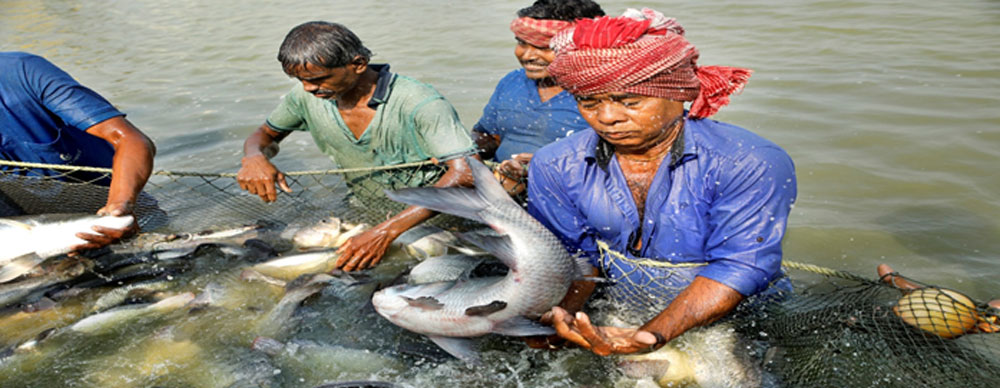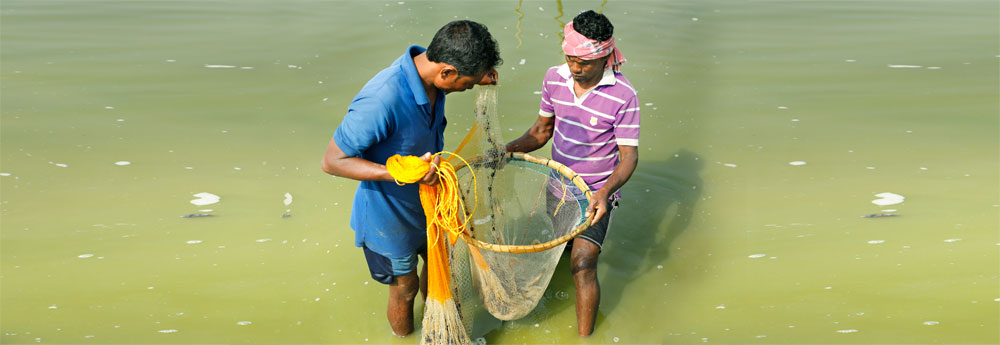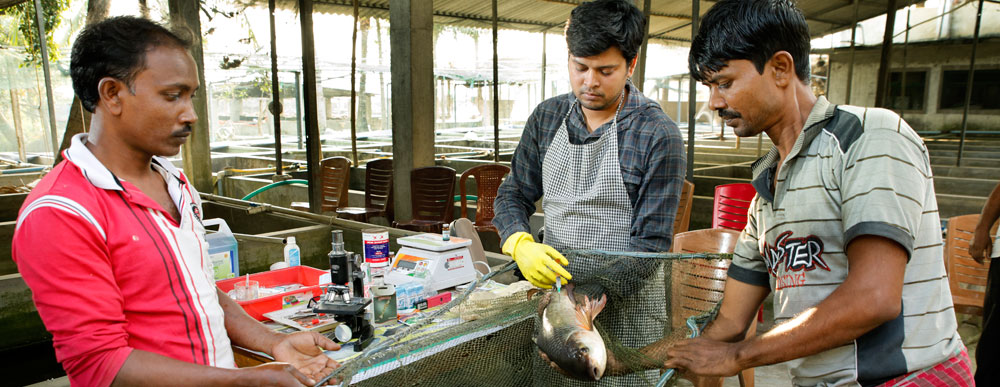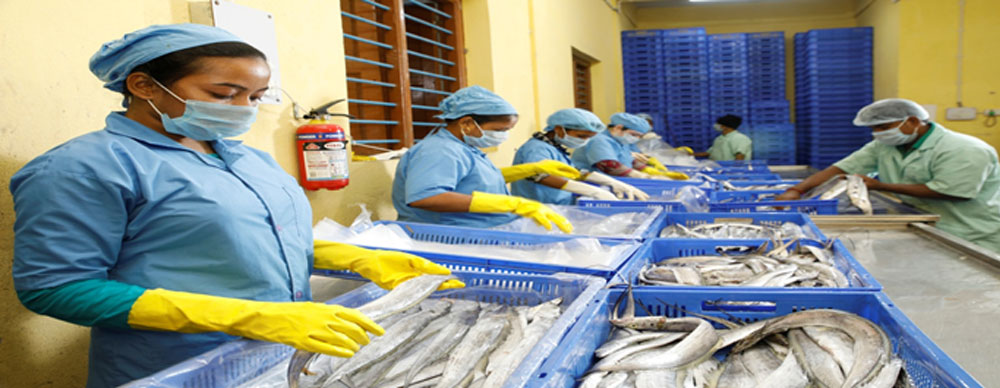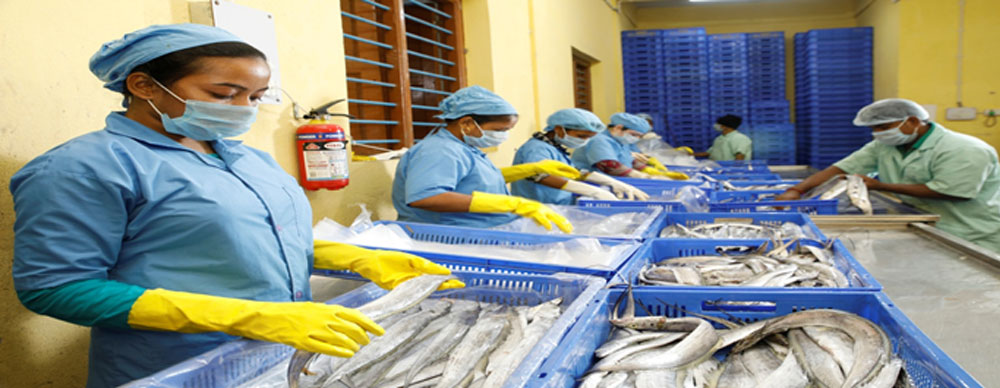THE PRESENT SITUATION OF WORLD AQUACULTURE
Aquaculture is currently estimated to account for approximately 13 percent (10.2 million t) of world fish production. With landings from the world's capture fisheries likely to remain at present levels, it is expected that increased production from aquaculture will cover the future shortfall in the supply of fish.
World aquaculture is dominated by low-intensity production methods in developing countries, particularly in Asia and the Far East. The predominant purpose is the production of food, and the main aim of most aquaculturists is personal income or commercial profit. Fresh water and brackish water are the principal environments in use; intensive production in wholly marine environments is relatively recent, and the techniques are still being developed. As yet, aquaculture makes only a minor contribution to total world production.
THE MAIN BENEFITS OF AQUACULTURE
The main benefits to be derived from aquaculture are:
The increased production of food for human consumption,The opening of commercially viable business opportunities,The creation of employment, especially in rural areas,increased national exports and 5. the substitution of imports by local production.
Other benefits from aquaculture include improved quality and a more regular supply of fish products to consumers, with continuity from processing to retailing. Other facets of aquaculture include biomedical research and the development of pharmaceuticals, water treatment, genetic engineering, sport fishing, and the ornamental fish trade.
WHAT AQUACULTURE IS
Aquaculture is the farming of aquatic organisms, including fish, molluscs, crustaceans and plants. It implies some form of intervention in the rearing process to increase production, such as regular stocking, feeding and protection against predators. This farming also implies individual or corporate ownership of the stock being cultivated.

